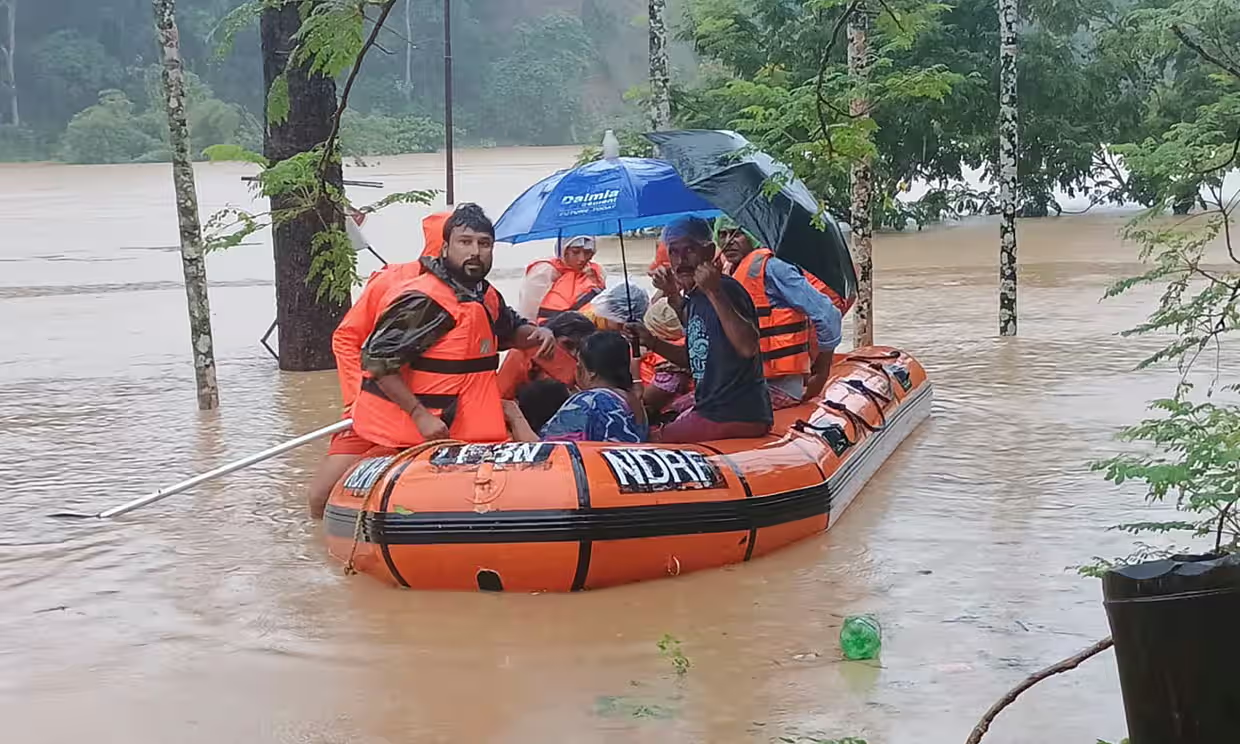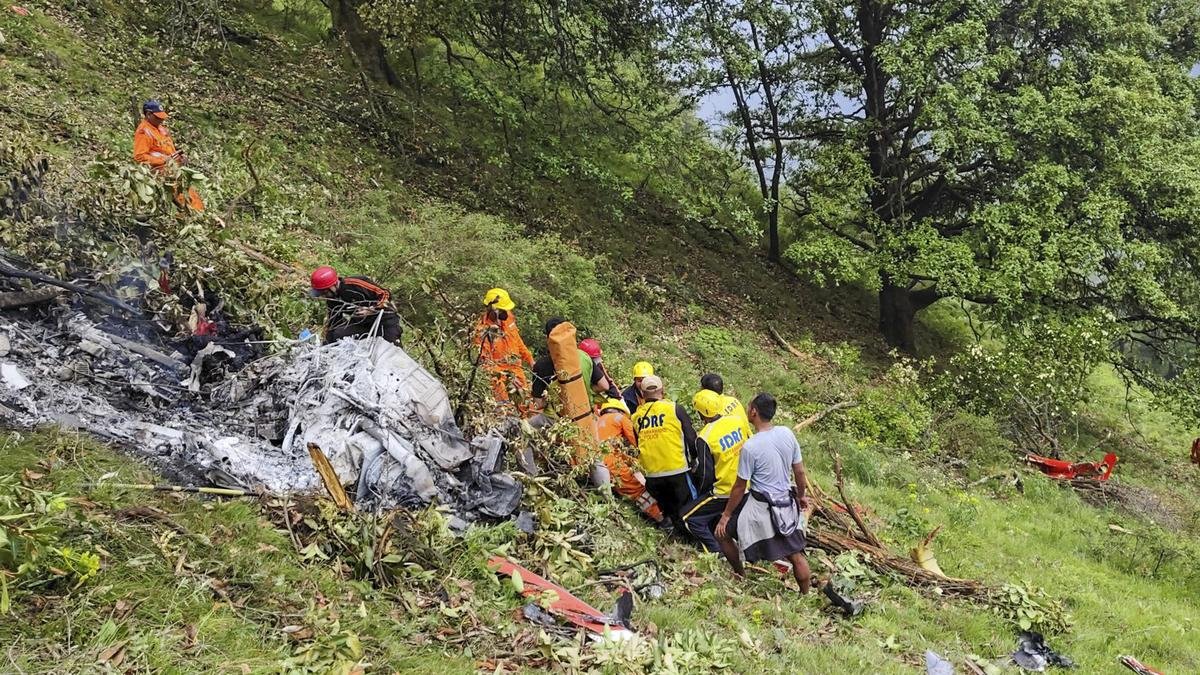Photo Credit: AP
The northeastern states of India are facing one of their worst early monsoon disasters in recent years. Relentless rainfall, floods, and landslides have claimed over 30 lives across Assam, Arunachal Pradesh, Meghalaya, Mizoram, Manipur, and Nagaland, with thousands displaced and vital infrastructure paralyzed.
A Region Under Siege by Nature
Triggered by a depression over northern Bangladesh and adjoining Meghalaya, the India Meteorological Department (IMD) reports that this weather system has dumped torrential rain over the hills and valleys of the Northeast. As rivers swell beyond danger levels and hillsides crumble under waterlogged soil, states are struggling to keep up with evacuation and relief efforts.
In Assam, nine people have died—five of them in Guwahati alone due to a series of deadly landslides. Seventeen districts remain inundated, with over 78,000 people directly affected by floodwaters. The IMD has issued a red alert for several districts, warning of more intense rain in the coming days.
In Arunachal Pradesh, tragedy struck in East Kameng district where seven members of two families were swept into a gorge. Two more deaths were reported from Lower Subansiri due to a landslide at a cabbage farm. Roads, bridges, and power lines have been severely impacted, hampering rescue efforts.
Collapse and Chaos in Mizoram and Meghalaya
In Mizoram, a major landslide in Aizawl led to the collapse of a hotel building, killing at least six people, including three Myanmarese nationals. More than 140 landslides have been reported in the state, crippling transportation and cutting off access to remote areas.
Meghalaya has reported seven deaths, including incidents of drowning and lightning strikes. Chief Minister Conrad Sangma has reviewed emergency preparedness as the state continues to receive intense rainfall.
Rivers Rising in Manipur, Nagaland on Alert
In Manipur, the Imphal River has overflowed its banks, causing waterlogging in low-lying areas. In Nagaland, a landslip on a highway claimed a life and prompted travel restrictions along key routes. Both states remain on high alert as heavy rainfall continues to pound the region.
IMD Warning and Climate Alarm
The IMD has issued red and orange alerts for multiple northeastern states, cautioning residents against venturing near water bodies or hilly terrain. Rescue operations are being coordinated by local governments and disaster response teams, though continued rain poses serious challenges.
Experts have pointed to climate change as a major factor behind the increasing frequency and intensity of such weather events in the Northeast. Fragile ecosystems, unplanned construction, and poor drainage have exacerbated the region’s vulnerability.




